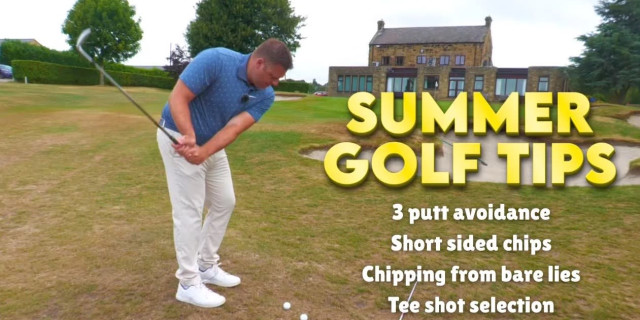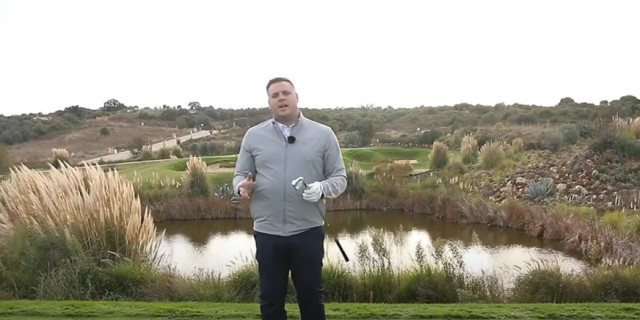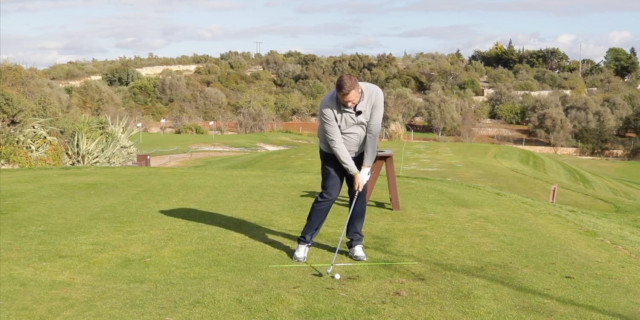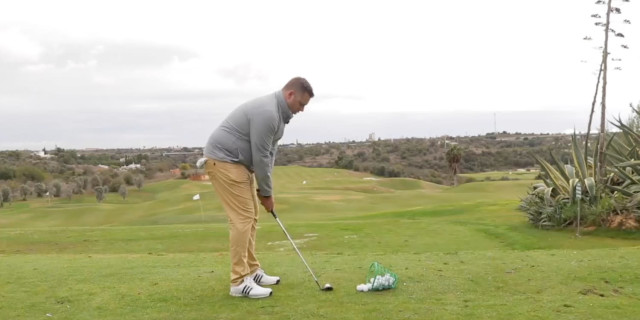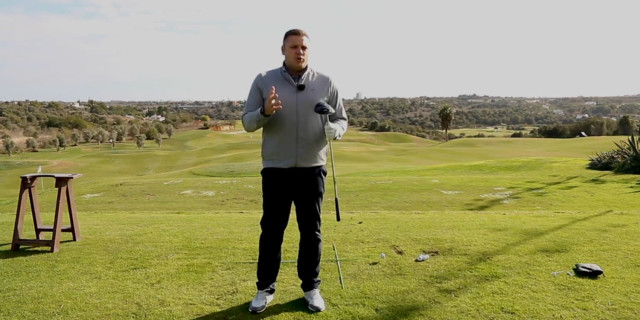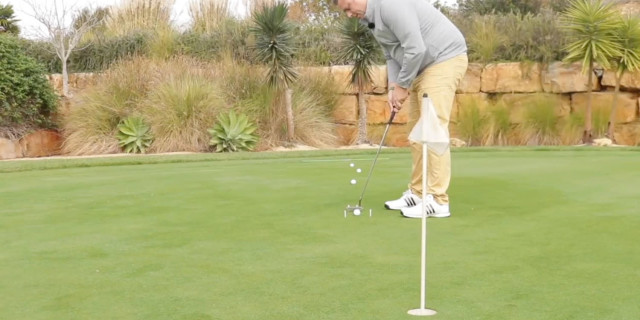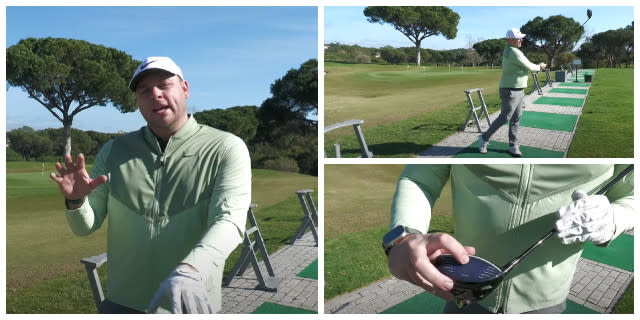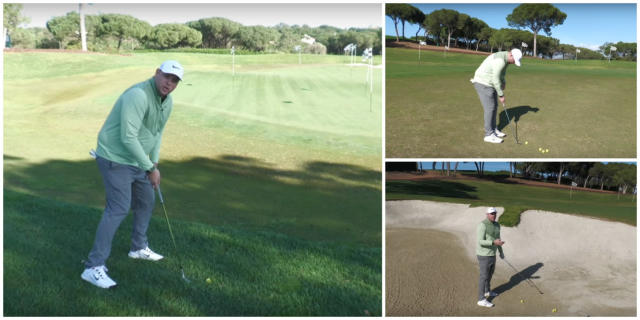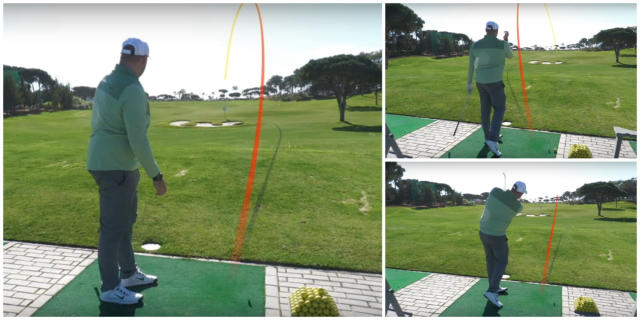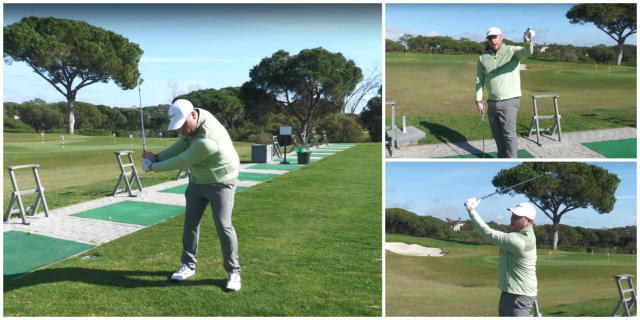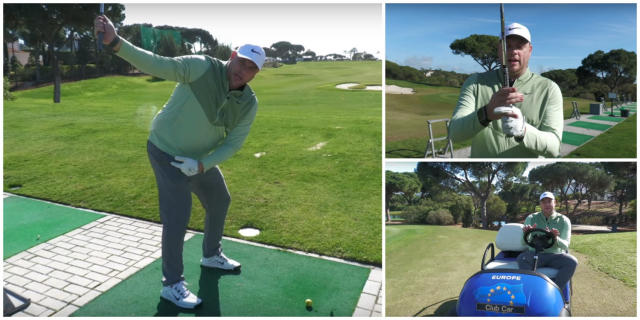Change Your Language To Get a Better Outcome
This is a guest post from Zen Golf Associate and Golf Performance Psychology Coach John Taylor. John launched his ground-breaking What's in the Bag in 2020 utilising his expertise from the world of NLP, i3 profiling, and Zen Golf.
This is week #2 in a series for golfers who want to get more from their golf in relation to both enjoyment and performance and for those golfers that may wonder what it would be like to be coached One-to-One by a Golf Performance Psychology Coach.
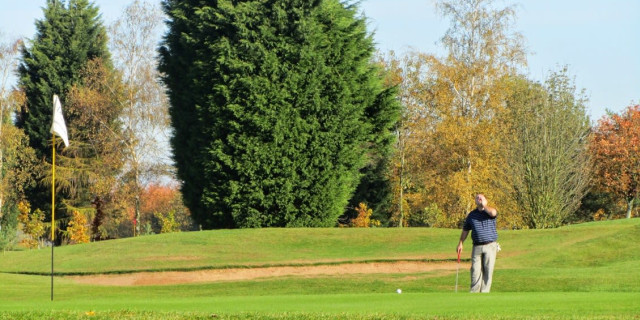
It is week #3 of 16 Handicapper Andy Golfer’s journey together with Golf Performance Psychology Coach John Taylor (JT) and this week they discuss Language together.
Don't forget to follow the formula.
C.L.U.B
Character.
Language.
Useful and Unhelpful Practices.
Behaviours and Emotions
Language (Week 2)
Andy is putting in the time on and off the course with JT to become a more composed free-flowing thinking golfer.
During the last session, Andy worked on his Character. Andy wants to share with us how he put this into practice.
JT: “Hi Andy, how's everything coming along? Have you been out playing yet?”
Andy: “I managed to get a slot in the midweek comp; I felt more relaxed and composed than ever before, leading up to and during the round.”
JT: “What changed this time compared to other rounds?”
Andy: “The night before the comp, I managed to get some downtime and created some space for myself. This is something I wouldn't normally do with my busy schedule. I switched off all my digital devices, and caught up with the golf.”
“I have been working on my Character during the last couple of weeks. I'm becoming aware of my current situation instead of being too far ahead or thinking about what has happened. I have noticed I am more excited with a sense of calmness.”
JT: “It's good to hear that you are focusing more on the here and now, that you are being more present.”
In this week's session, we will be going through Language Patterns and the power and meaning of words and focusing on a better physical state.
The language you choose on the course will have a huge impact on your game. Learning to remove or replace words that affect you negatively will increase your chances of feeling good and playing well, and will reduce the chances of you wasting valuable thought energy.
Non-verbal communication
Have you watched Dustin Johnson close up? His body language changes so seldom that you can’t tell if he’s made a double bogey or an eagle? DJ seems to have a naturally laid back character but I also think he has also worked on keeping his emotions as neutral as possible by keeping his body language and facial expressions minimal.
If you bury your head in your hands in anguish and slump your shoulders in defeat this will affect your physiology. It will make you feel worse and you’ll find it harder to shake off or resist negative emotions after a mistake. If you are able to adopt a more neutral reaction to a bad shot, you can reset more easily, and be mentally and physically ready for the next shot.
JT; “Andy Think about a pre shot routine. Can you give me an example of words you use before your shot and how you approach it?”
Andy; “I feel like a rush into playing my shot and overthink, sometimes unsure what to do, it leads to confusion.”
JT; “If you are telling yourself you rush into shots, you will then rush. Rushing means ahead of yourself our wanting to be somewhere in a hurry. Are you in a hurry? What word could you use to replace rushing?”
Andy: “I am not in a hurry; golf for me is about enjoying myself. I could stroll and walk at a slower pace whilst I approach my ball.”
JT; “how does that feel when you say that?”
Andy;”straight away, I felt everything slow down, even just saying it out loud.”
JT; “If you add in the element of confusion, your mind will act on how you speak. When we say stuff like, I duff it on this hole, or I always play better on the front nine than I do the back, as you previously shared, we get into a pattern of training the mind to think that way, and our internal response will spill out to the external meaning.”
Andy; “I have never looked at it this way or thought about changing it.”
JT; “if you say what you always say, you will get what you always do. Change is constantly happening during our waking day, even more so during a round.”
“Make room for change, let it become your friend. Why because it will support you, not hinder you.”
JT; “Think back to previous rounds, what words do you find yourself saying that may be unhelpful.”
Andy; “I am sick of duffing it out the rough, my head comes up. The 11 par 5 is my boggy hole, always has been.”
JT: “Now think about how you can change these words.”
Andy: “I usually don't play too well on this hole, but that's what I have been telling myself. I can say this is just another hole on the course and not implement the outcome before even playing the tee shot.”
JT: “This is great; you are changing your communication on how you approach the situation; therefore, you will get a different response.”
Andy; “Thanks, JT. I will work on this and see you next week”
Reader Exercise
- Write down all the negative things you say to yourself on the course.
- Write down what could you say instead
- Write down common negative body language habits you have on the course
- Write down what you could do instead
Put the exercise 2 and 4 into practice on the golf course
Stayed tuned for next week. We will be looking into What is a Useful and non Useful practice.
Next Week
Andy and JT are back to discuss Useful and non Useful practices.
Previous Weeks
Week 1 - What Is Stopping You Playing Your Best Golf?
Week 2 - Play Your Own Game And Be Yourself
What's in the Bag is centered around in-depth personality profiling using i3, self-awareness, and mindfulness. The following article is the first feature in a 4 part weekly series aimed at the average golfer who wants to get more from their golf in relation to both enjoyment and performance.

For more information about What's in the Bag visit: whatsinthebag.club
Related Content:

